Two confirmed deaths by suicide from the Washington Avenue Bridge over two weeks raise questions of temporary and permanent solutions to prevent further attempts. Suicide Awareness Voices of Education (SAVE) has been working with the University of Minnesota on bridge safety measures for a year.
The University and suicide prevention nonprofit SAVE have separate visions for a bridge that would effectively prevent jumping. Progress on a safety update has not been made on Washington Avenue Bridge since 2017 when security cameras and signs with 24/7 crisis phone numbers were installed on the bridge.
The first death by suicide on Nov. 7 and the second on Nov. 17 were confirmed by University public relations.
SAVE proposes a chain link fence that would serve as a “temporary solution,” according to SAVE nonprofit director Erich Mische. Cost estimates are projected by SAVE to be around $1 million.
Mische said the University was initially all in, though they later said because the bridge is owned by Hennepin County, the University cannot do anything without approval from the county.
Mische said it seemed odd that the University went to the legislature with proposals for a $15 million bonding bill to do permanent work on the bridge, but when it came time to discuss implementation of temporary barriers, the University said it needed county approval to implement changes.
SAVE then got in contact with Hennepin County, Mische said.
After the county agreed to implement a temporary solution, Mische said they later said the temporary solution SAVE proposed was too expensive and too heavy for the bridge to support.
Mische said the installation of an eight to 10-foot chain link fence is meant to interrupt the impulsive thoughts tied to suicide, giving campus security time to get to the bridge and help.
Based on similar implementations on bridges in Natchez Trace State Park in Tennessee and on the Sunshine Skyway in Tampa, Mische said SAVE estimates the addition of an eight to 10-foot chain link fence to the existing bridge railing structure would cost around $1 million.
University Services Vice President Alice Roberts-Davis said the University designed a more safety-oriented permanent bridge plan, but the University needs approvals and permits from Hennepin County for any construction or placement of utilities on the pedestrian level of the bridge.
Roberts-Davis said the permanent solution would be a nine-foot railing that would be a quarter-mile long on either side of the bridge, and the estimated cost would be about $9 million dollars.
“We also want to make sure that the materials that we use are materials that can be tolerated by the structure of the bridge,” Roberts-Davis said. “All of these considerations have a cost associated with them.”
The Minnesota Daily reported that the former University Services Interim Vice President presented renderings of 9.6-foot tall railings along the bridge in 2017. The proposal mainly drew concerns over its $3 million cost, effectiveness and view obstruction.
“I don’t disagree with making sure that we’re taking care of college students’ mental health, but the idea that we cared more about the aesthetic features of a physical barrier designed to protect their lives is astonishing to me,” Mische said.
The University of Minnesota did not respond in time to a request for official cost and material estimates but said the estimation was done by University Capital Project Management.
Roberts-Davis added that the University has been convening multiple groups that would have an interest in a bridge update, including the federal and state government, to acquire enough money for the project.
“Unfortunately, no single funder has the money to do the project,” Roberts-Davis said. “And we haven’t been able to amass enough money.”
Misch said SAVE offered to help the University pay for and help raise money to pay for a temporary solution.
Roberts-Davis said in the interim, the University has installed signage with safety resources such as mental health crisis support phone numbers. She added Public Safety Emergency Communications Center personnel monitor and report behaviors through security cameras and regularly call in University of Minnesota Police Department dispatches.
Mische said these implementations do not add any level of suicide prevention.
“Zero!” Mische said. “They are window dressing to the problem.”
Concerns surrounding the bridge’s safety have increased after multiple bridge deaths in 2023, according to the Minnesota Daily. Over the past five years, the University has attempted and continues to push for safety precaution funding on the bridge.
In the past two weeks, there have been two confirmed deaths by suicide from Washington Avenue Bridge. University public relations said the person involved in the Nov. 8 incident was not a current student, faculty or staff member.
University public relations did not respond in time to the Daily as to whether the person involved in the second incident was a student, faculty or staff member.
Hennepin Water Patrol Lt. Richard Rehman reported to the Minnesota Daily the majority of 2023 deaths involving Hennepin County bridges involved the Washington Avenue Bridge. He added it had one or two more deaths each year compared to other bridges.
Mische said a permanent solution is assured to cost over $1 million and SAVE will continue to help and support the University in funding and designing a permanent solution to reduce deaths by suicide.
If you are having suicidal thoughts or are experiencing a mental health crisis, contact the University Crisis Line at (612) 301-4673 or by texting “UMN” to 61222 to receive support 24/7.
Boynton Urgent Mental Health: https://boynton.umn.edu/urgent-crisis-counseling
Let’s Talk: https://counseling.umn.edu/LetsTalk
Student Counseling Services: https://counseling.umn.edu/
Learn to Live: https://www.learntolive.com/partners?code=UMN&utm_source=UMN&utm_medium=Website_Boynton-Health&utm_campaign=General


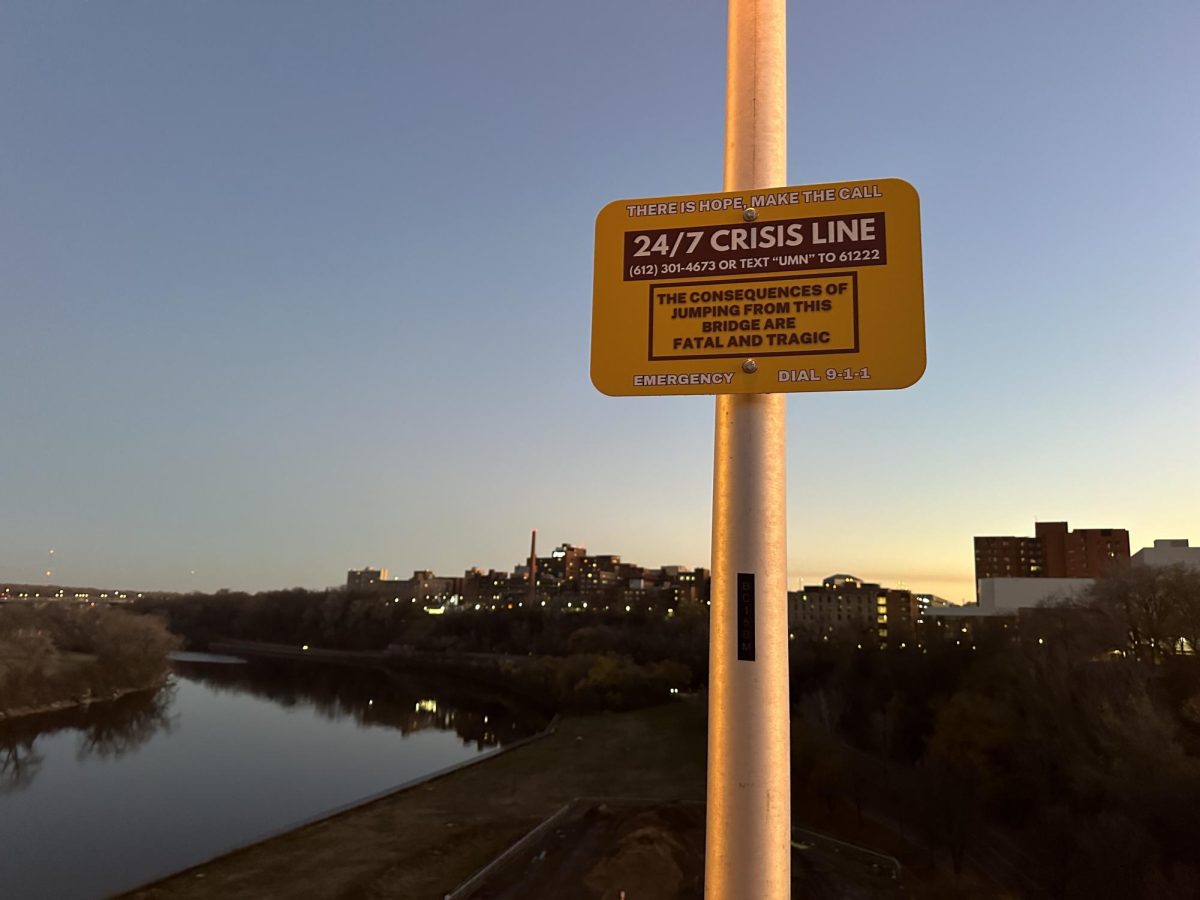

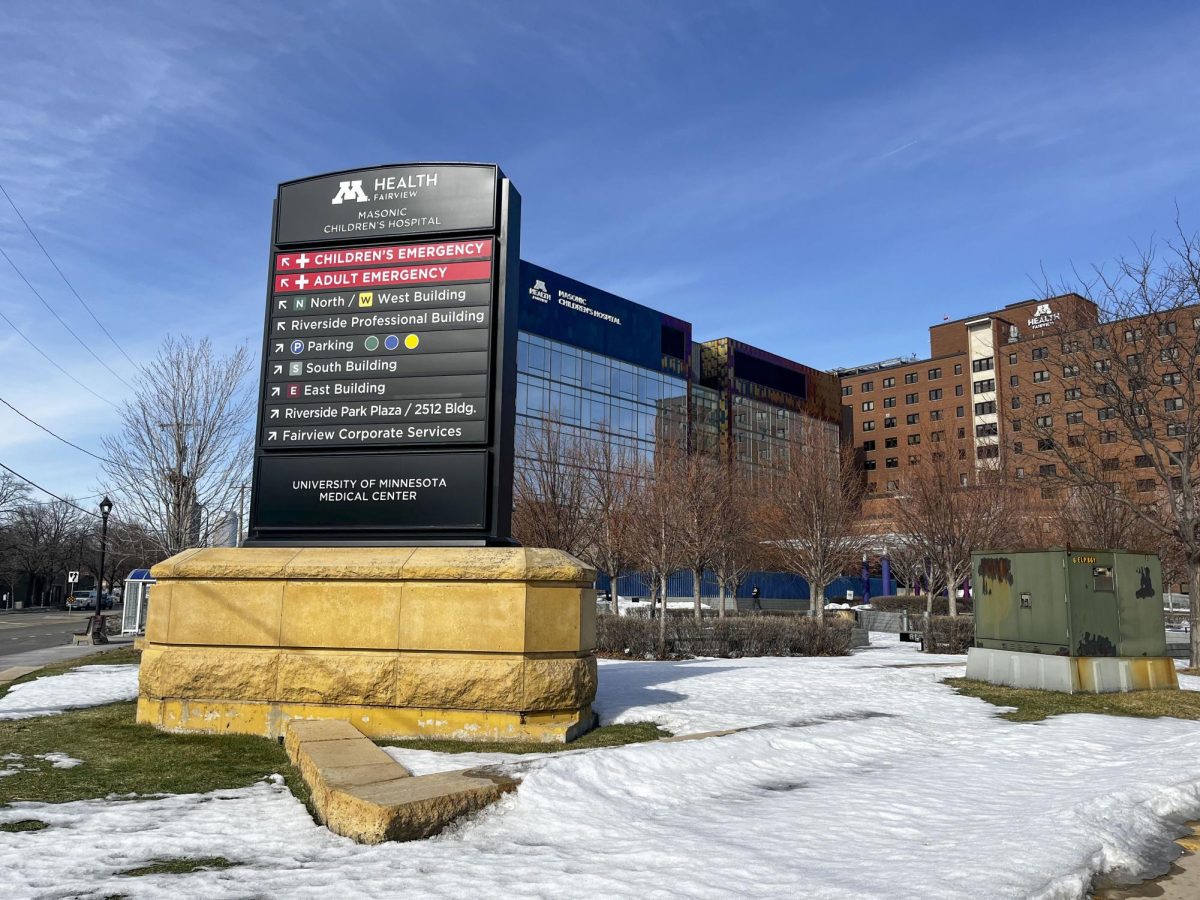
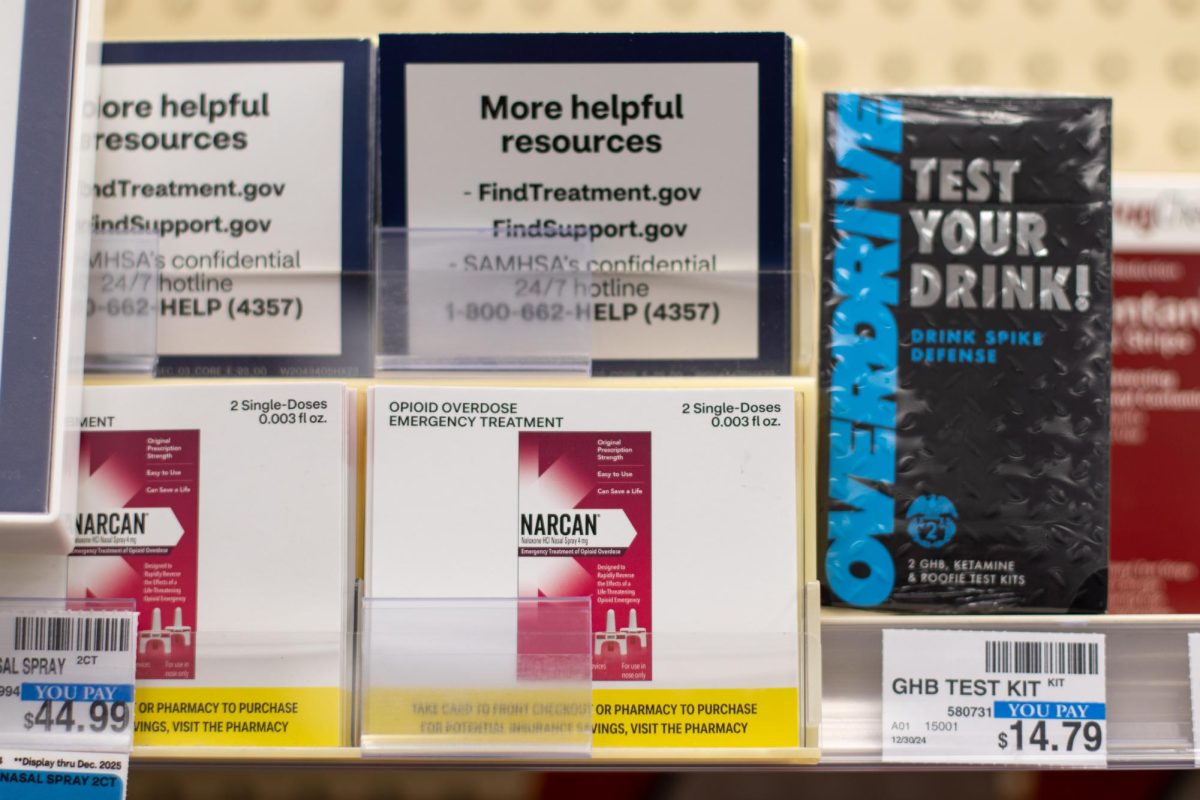
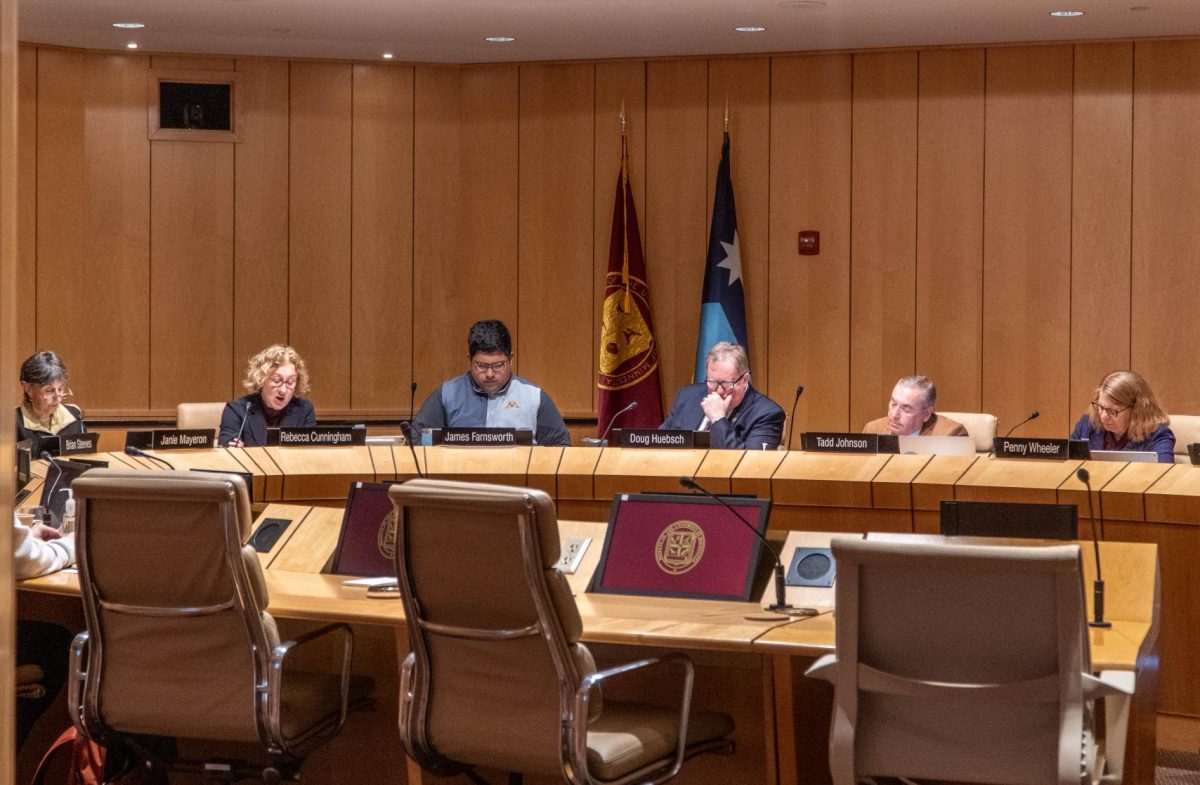
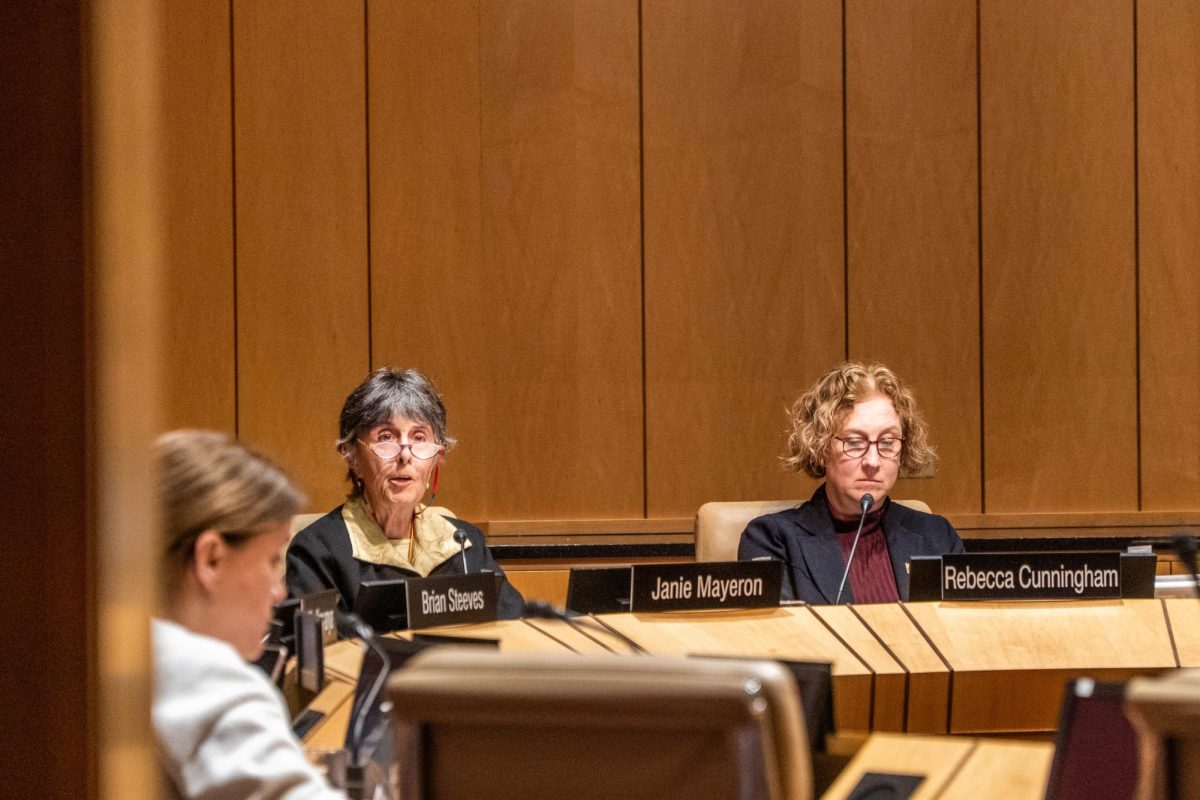
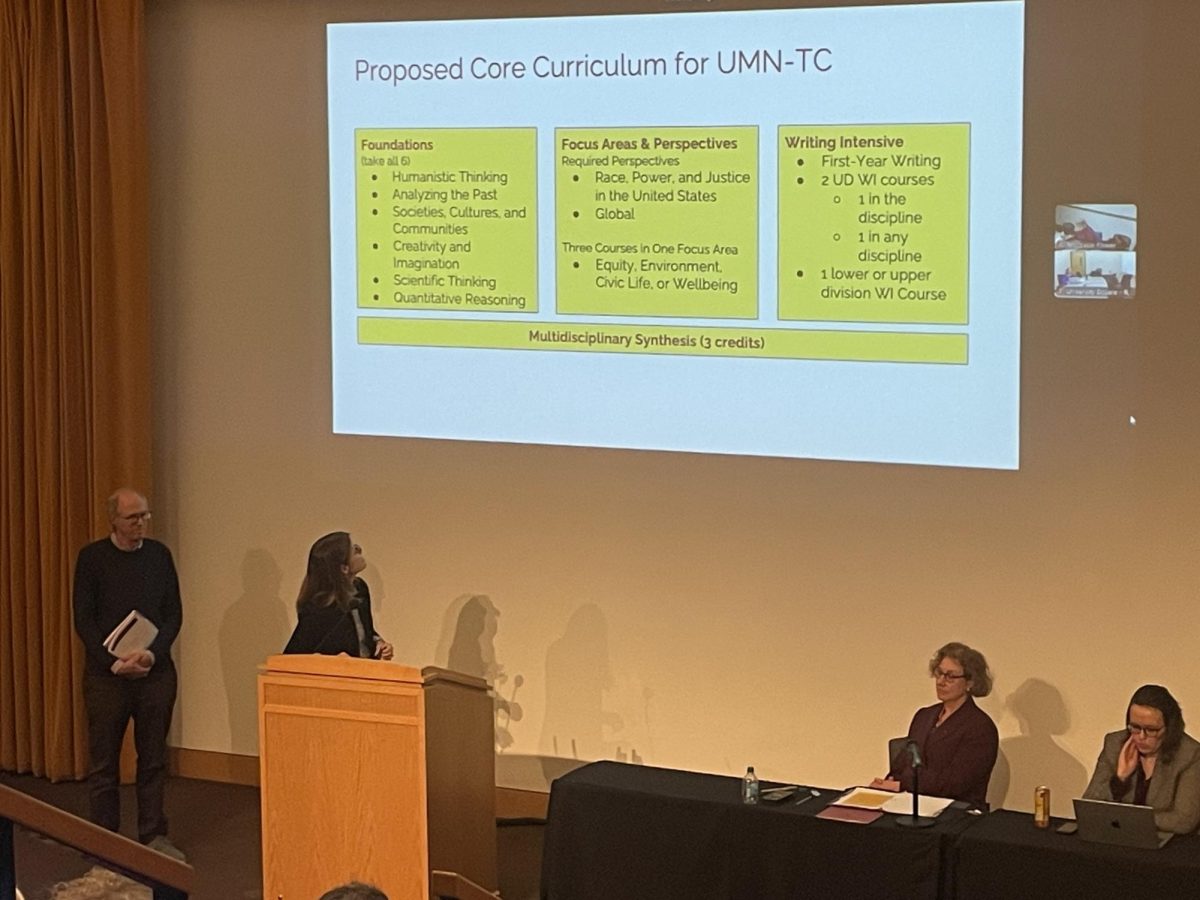





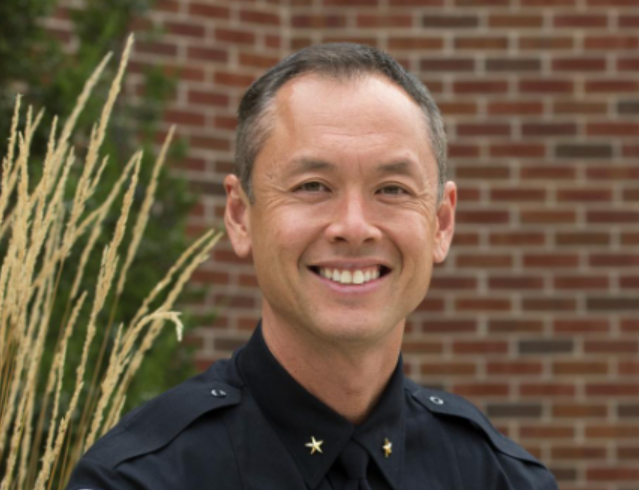



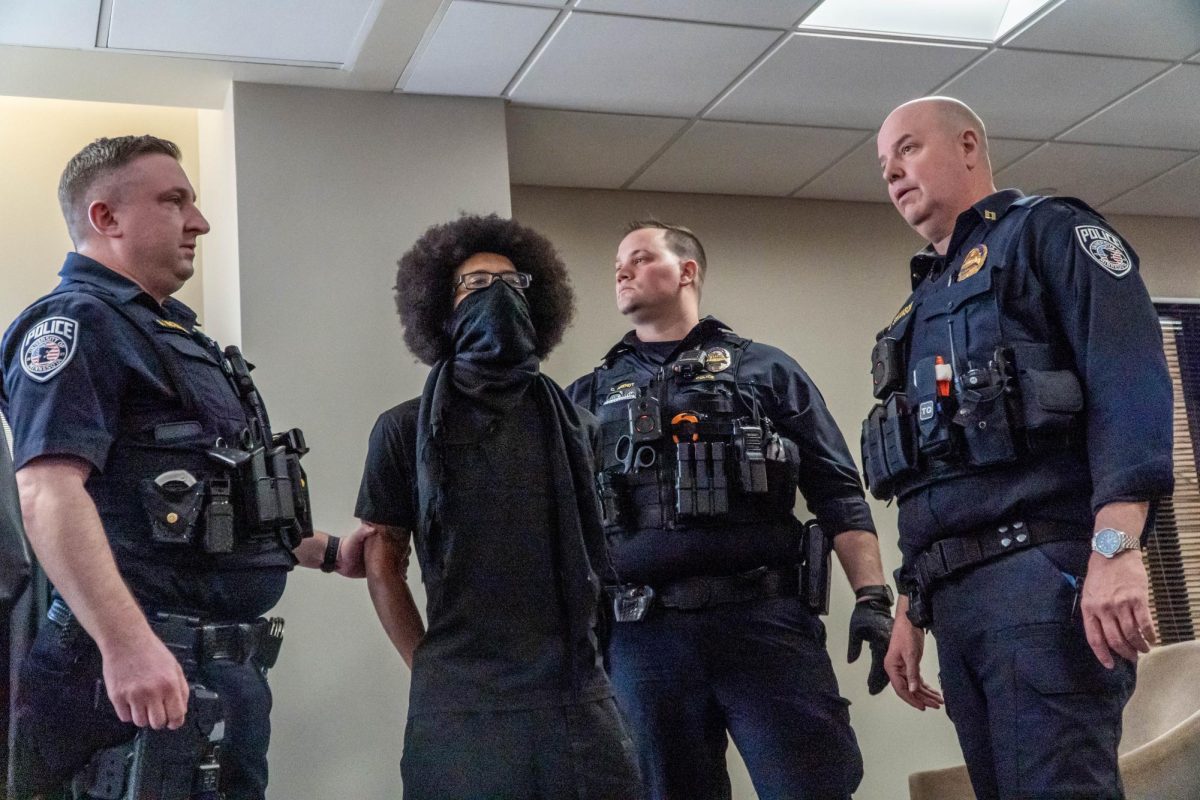
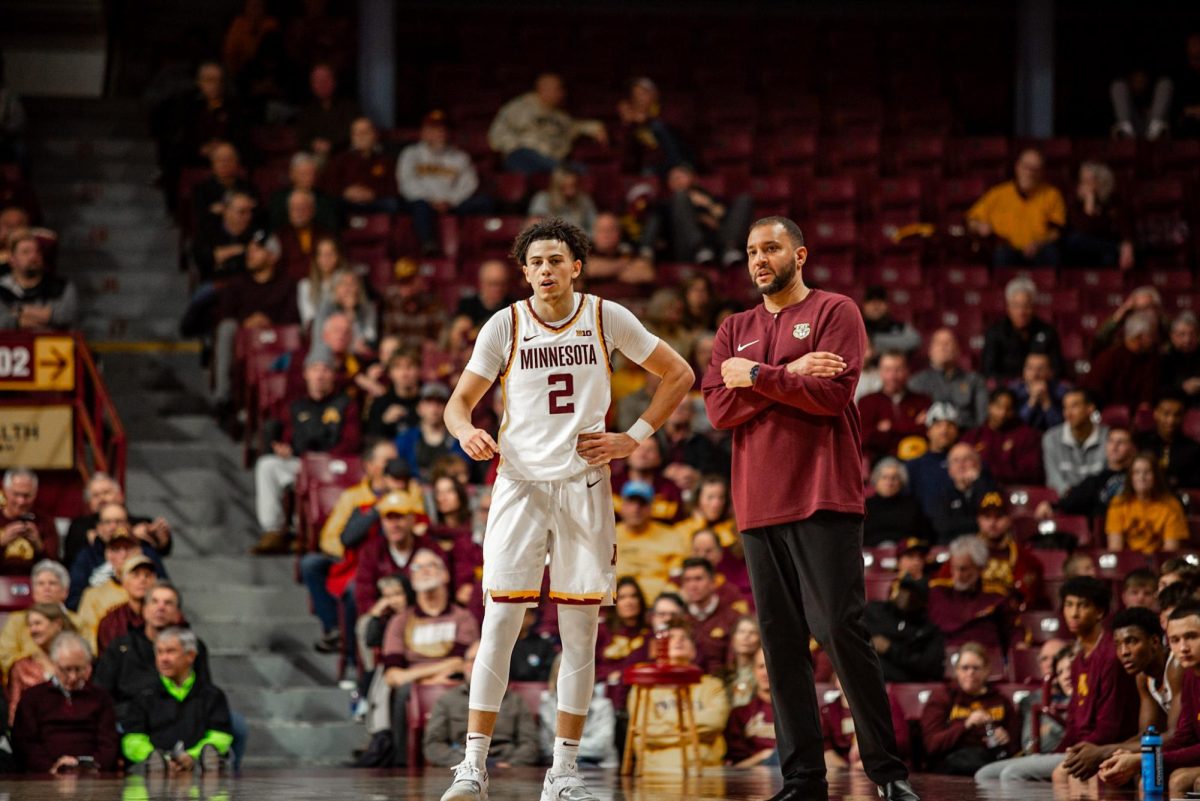

:(
Nov 20, 2024 at 12:03 pm
This is so sad. Thank you for calling out the University’s inaction. Wish that the mental health resources on campus were more robust, and that maybe access to actual mental health treatment was more accessible and didn’t come with a months-long waiting list.
Emily
Nov 20, 2024 at 11:18 am
Very upsetting that the University does not notify students when incidents like this occur. I do not think the community should find out through gossip and news articles.